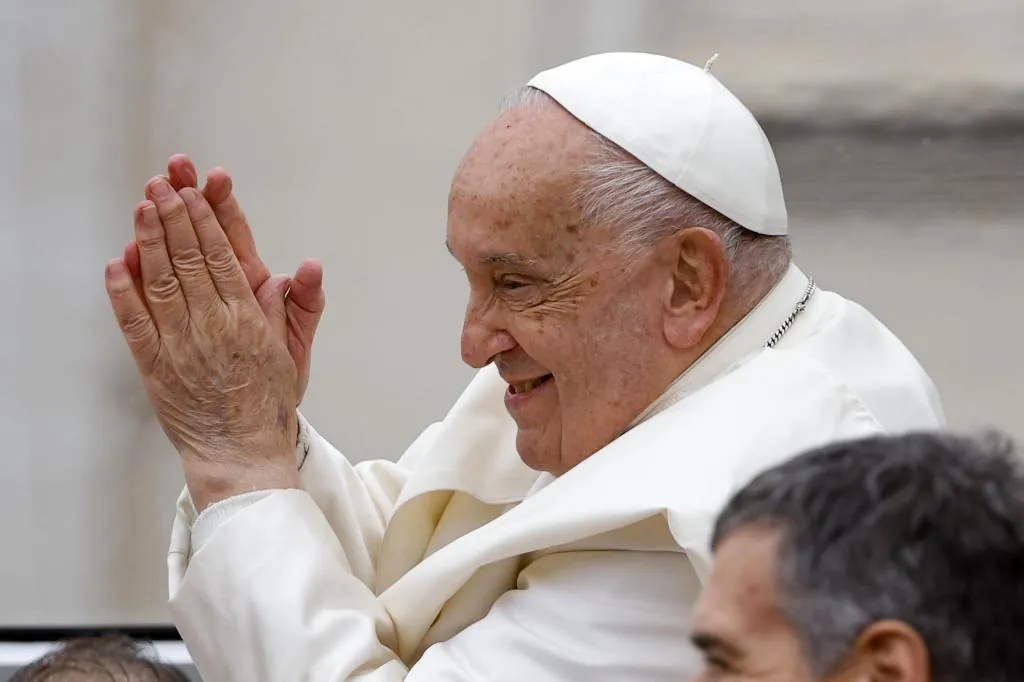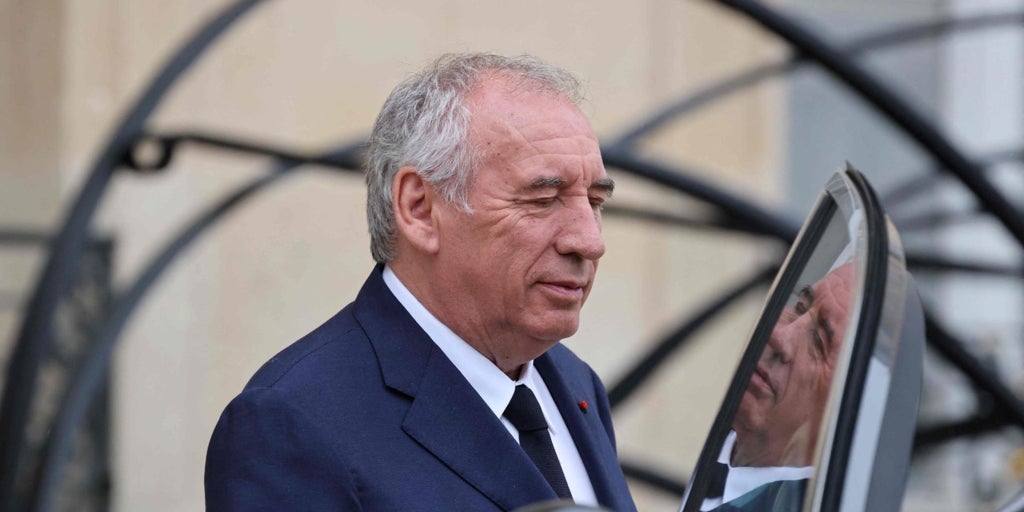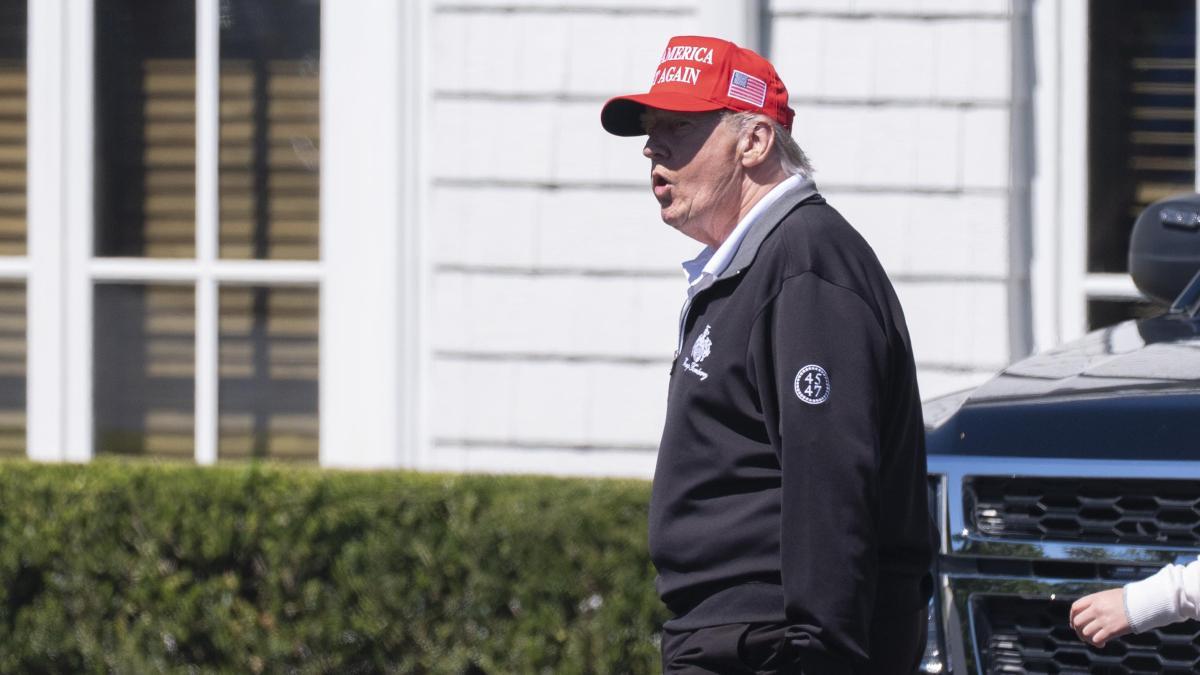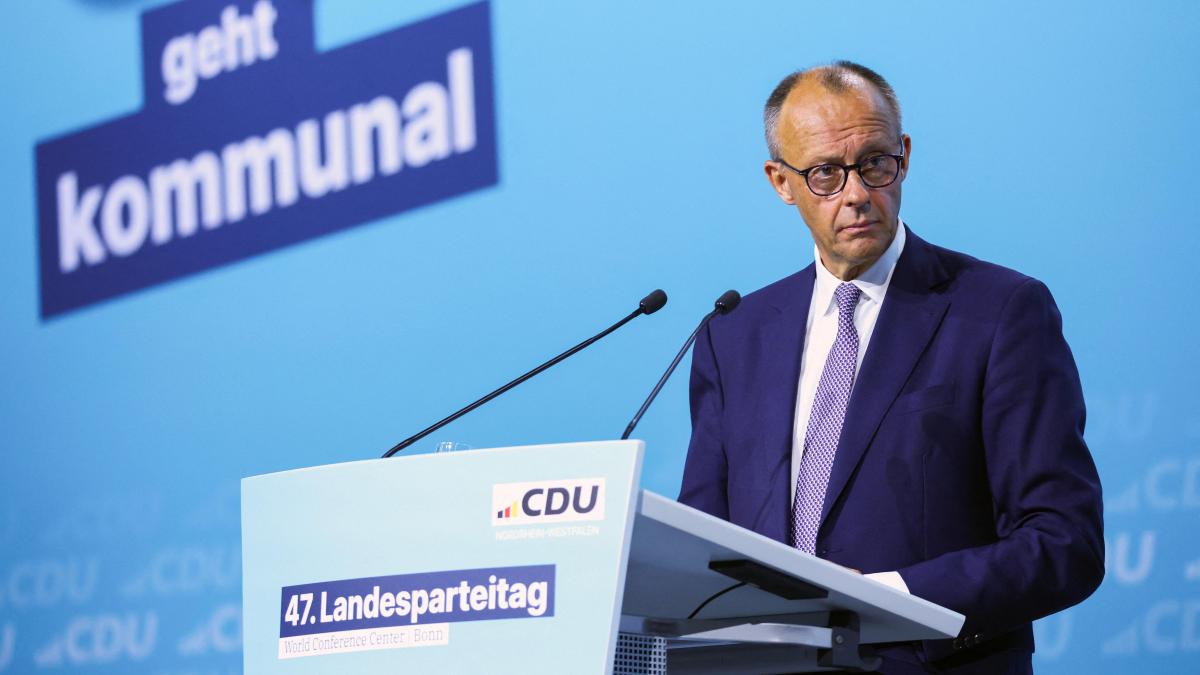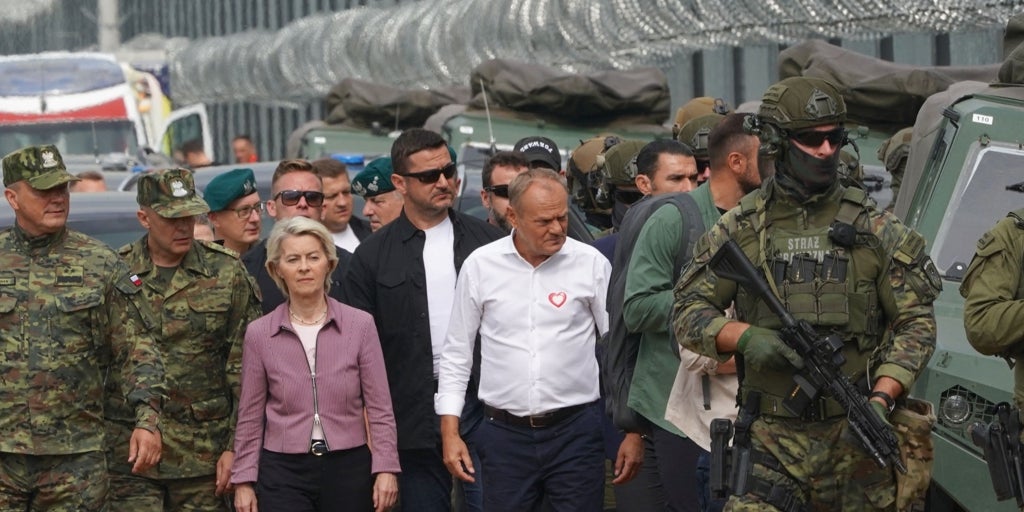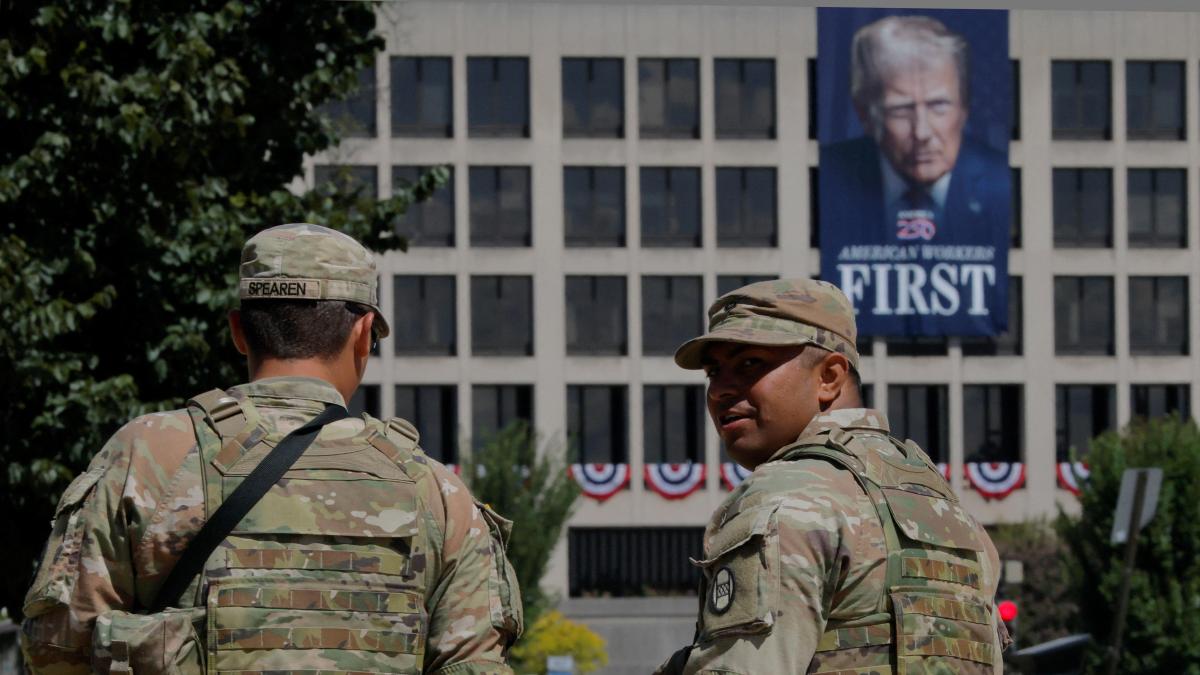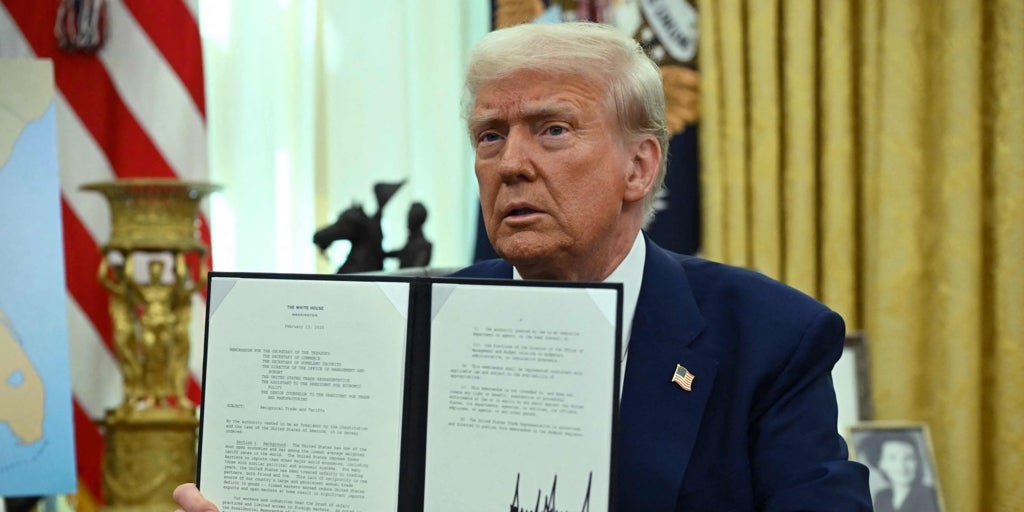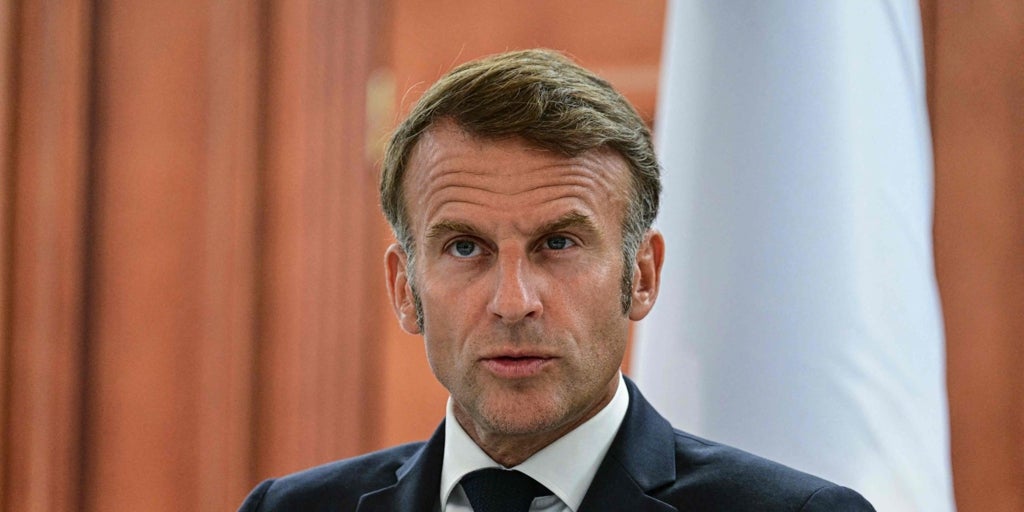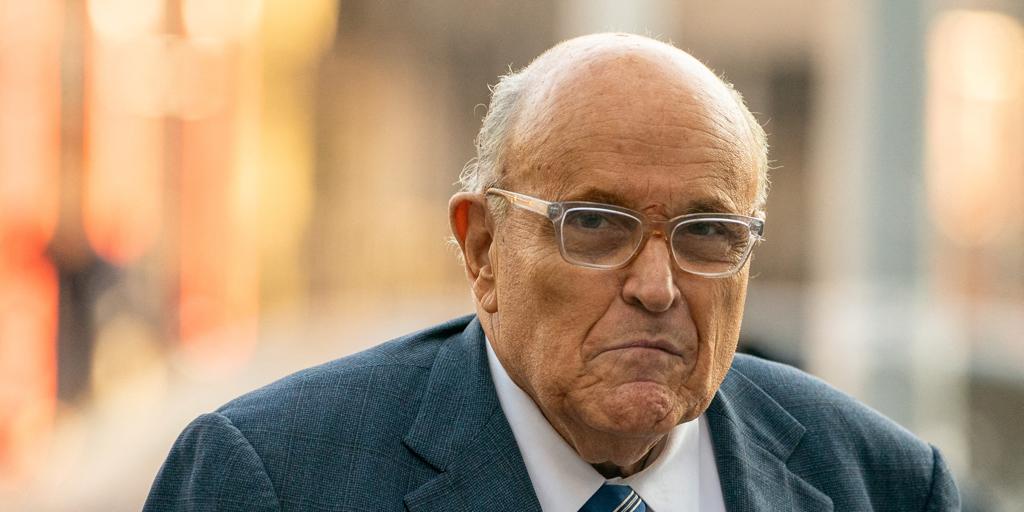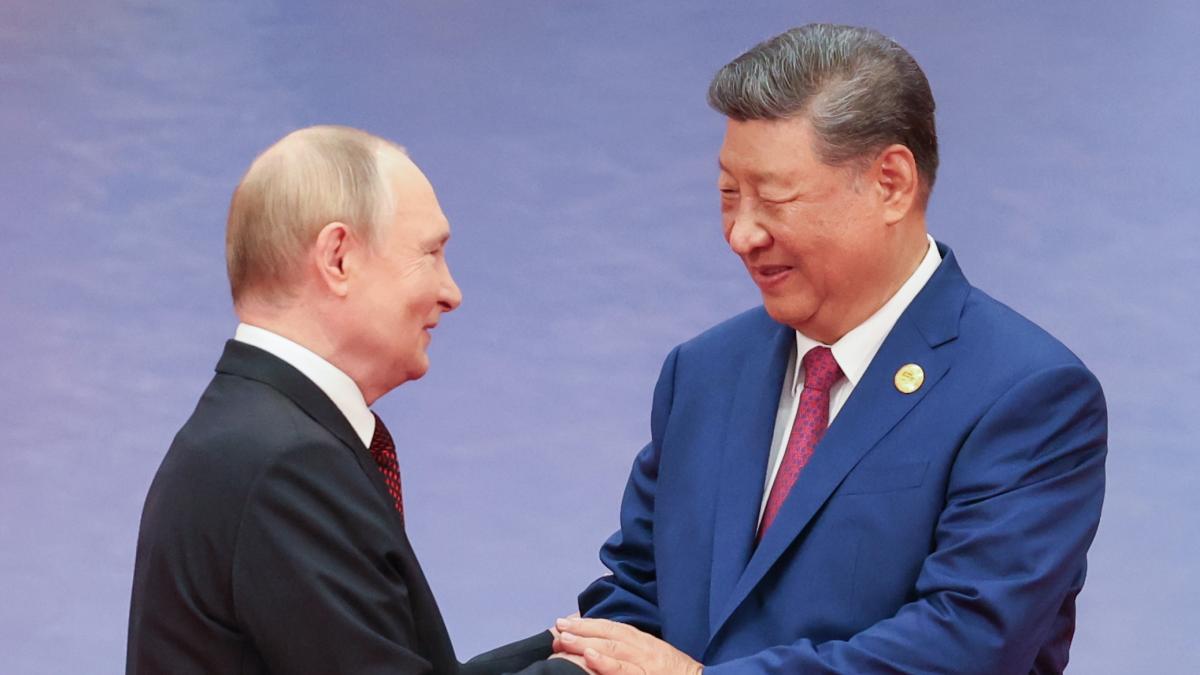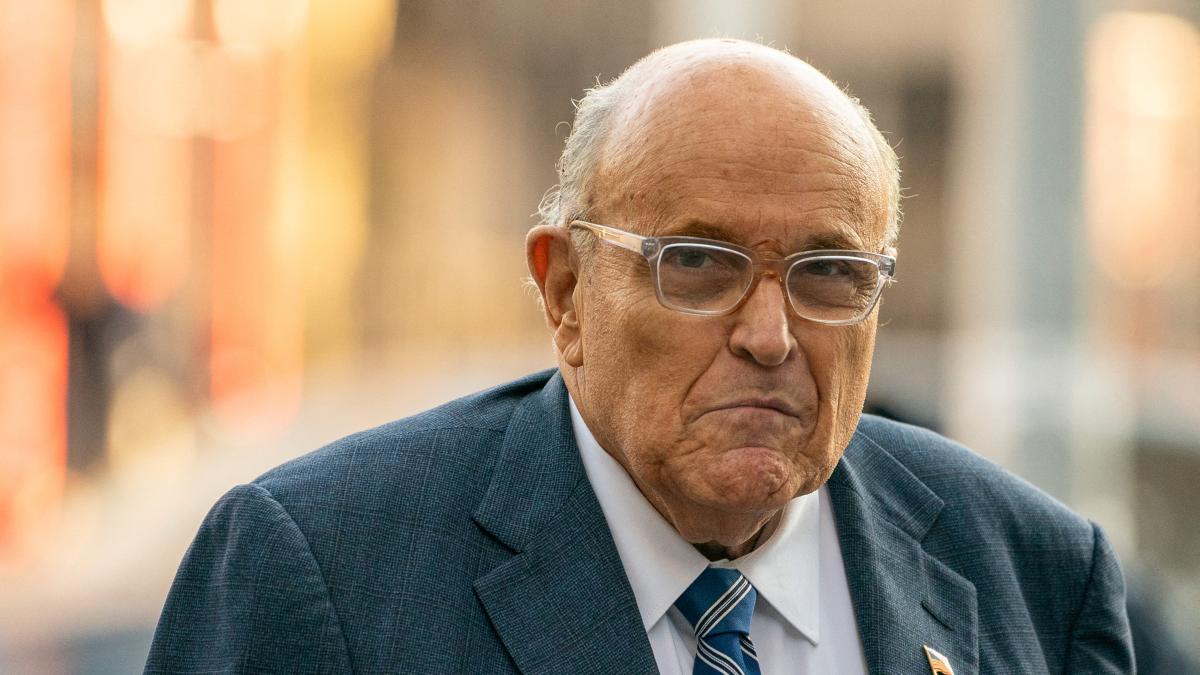As the world watches, Pope Francis takes a bold step in redefining the final sending-off of popes, proposing revolutionary changes to the traditional funeral rites. No longer shackled by the weight of centuries-old custom, the Vatican is set to embrace a more modern, accessible approach to honoring its leaders.
A Paradigm Shift in Papal Funerals
In a striking departure from tradition, recent updates to the ‘Order of Roman Pontifical Funerals’ announced on November 20, 2024, reveal that the rituals governing the death of popes are being considerably simplified. Pope Francis has articulated a vision that sees the confirmation of death not in the tightly-held sanctum of papal chambers but rather in the serene ambiance of a chapel. With immediate deposition inside a single coffin, bereaved followers are invited to view their pope without the cumbersome catafalque—a poignant shift that strips away the layers often associated with such mournful events.
The Death of Tradition
Pope Francis’s changes eliminate the traditional triad of coffins: cypress, lead, and oak, which represented layers of opulence and grandeur. This radical simplification seems to echo a broader call towards humility in the Church’s proceedings. As the new edition articulates, the aim is to reflect the Church’s faith in the risen Christ, thereby harmonizing the pomp of papal funerals with the tenets of faith they represent.
Why the Change? A Faithful Reflection
By allowing for the possibility of interment in places other than the storied Vatican basilica, the Pope anticipates a future where more personal choices could be accommodated. Francis’s personal inclination points towards a burial in the Basilica of Saint Mary Major in Rome—a move that may resonate with the public, who yearn for a connection beyond the cold marble of traditional papal resting places.
A Historical Context
These reforms follow in the footsteps of Pope John Paul II’s funeral rites, which saw approximately four million mourners gather to pay their respects. His passing marked a pivotal moment where changes were already initiated, suggesting a genealogy of adaptation leading to the present. John Paul II, with his own directives through reforms seen in Universi Dominici gregis, altered how papal deaths and funerals were handled, paving the way for newer practices.
From Opulence to Accessibility
These modifications are not simply clerical adjustments but a reflection of a much-needed evolution within the Church. They transition from an era characterized by extravagant displays to a willingness to meet the faithful where they are—embracing a spirituality rooted in authenticity over ostentation. This appears to align with Francis’s broader ethos, deeply entrenched in humility and service.
Implications for the Future
This evolution might also signal a potential cooling in the relationship between the Vatican’s ceremonial apparatus and contemporary expectations surrounding funerals. As Pope Francis seeks to embody an approachable and relatable Catholicism, these adjustments warrant a reevaluation of the Church’s significance in the secular world, where such lavish funerals may seem out of step with the reality of modern believers.
A Case for Inclusivity and Change
The revisions invite significant discourse around inclusivity in funeral practices, prompting questions about the implications for rank-and-file clergy and the engagement of laity. This new direction might instigate similar adaptations at other levels within the Church, as congregations push for rites that reflect their lived experiences rather than distant ceremonial grandiosity.
Conclusion: The Time is Now
As we witness these sweeping changes, one must ask: Is the Catholic Church finally ready to shed the layers of its own tradition in favor of a more direct engagement with its parishioners? Pope Francis’s initiatives are promising steps forward, but whether they will reinvigorate the Church’s image or incite conservative backlash remains to be seen. Regardless, the implications are profound and suggest a Church in transition—rediscovering its heart within the heartbeat of its community.
As we move into this new era of papal funerals, where simplicity triumphs over extravagance, we are reminded that faith, ultimately, lies not in the splendor of coffins but in the enduring legacy of leaders who lived and served among us.

